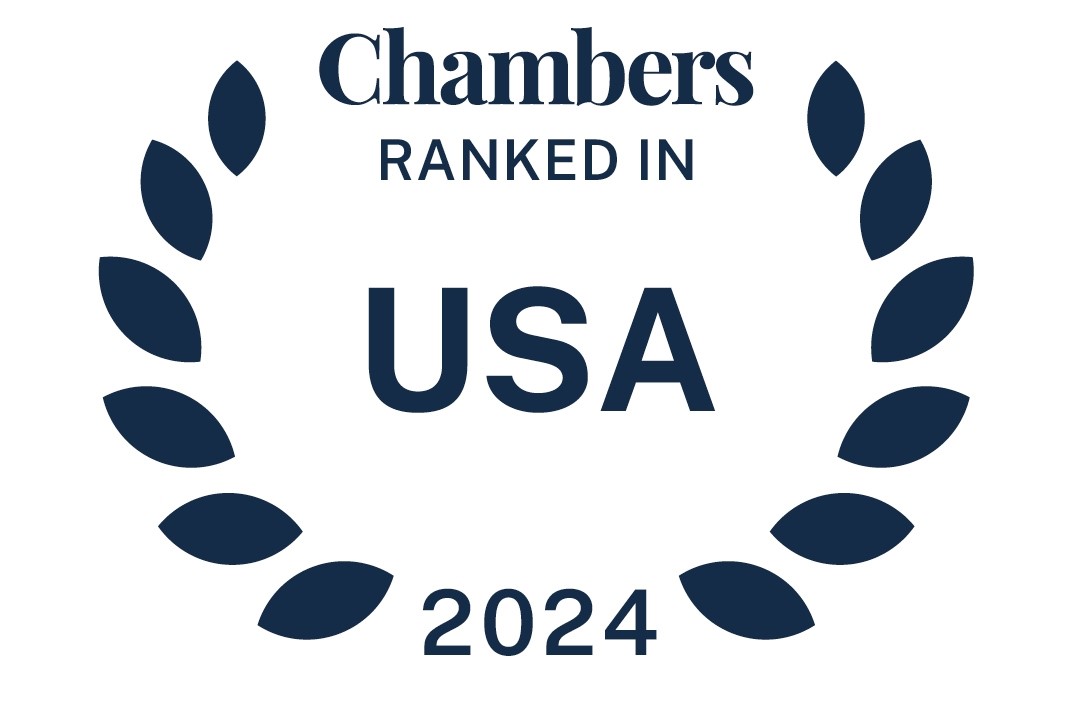The US Equal Employment Opportunity Commission (EEOC) recently released final wellness plan regulations providing guidance on how employer wellness programs may comply with Title I of the Americans with Disabilities Act (ADA) and Title II of the Genetic Information Nondiscrimination Act of 2008 (GINA). The EEOC made it very clear that compliance with the HIPAA nondiscrimination rules does not necessarily mean that an employer is in compliance with the final wellness program rules under the ADA or GINA.
read more


 Subscribe
Subscribe




